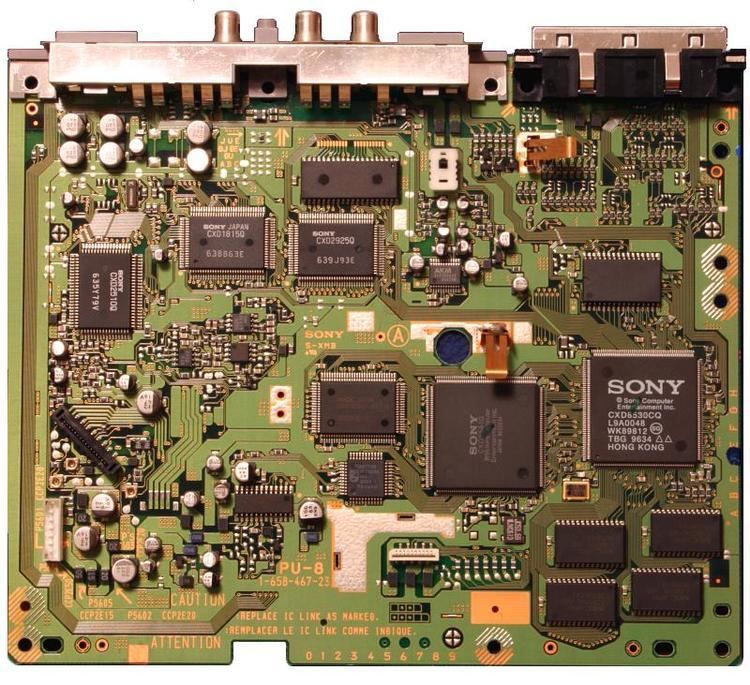 | ||
The PlayStation technical specifications describe the various components of the original PlayStation video game console.
Contents
Central processing unit (CPU)
Memory
Graphics processing unit (GPU)
Sound processing unit (SPU)
I/O system and connectivity
References
PlayStation technical specifications Wikipedia(Text) CC BY-SA
